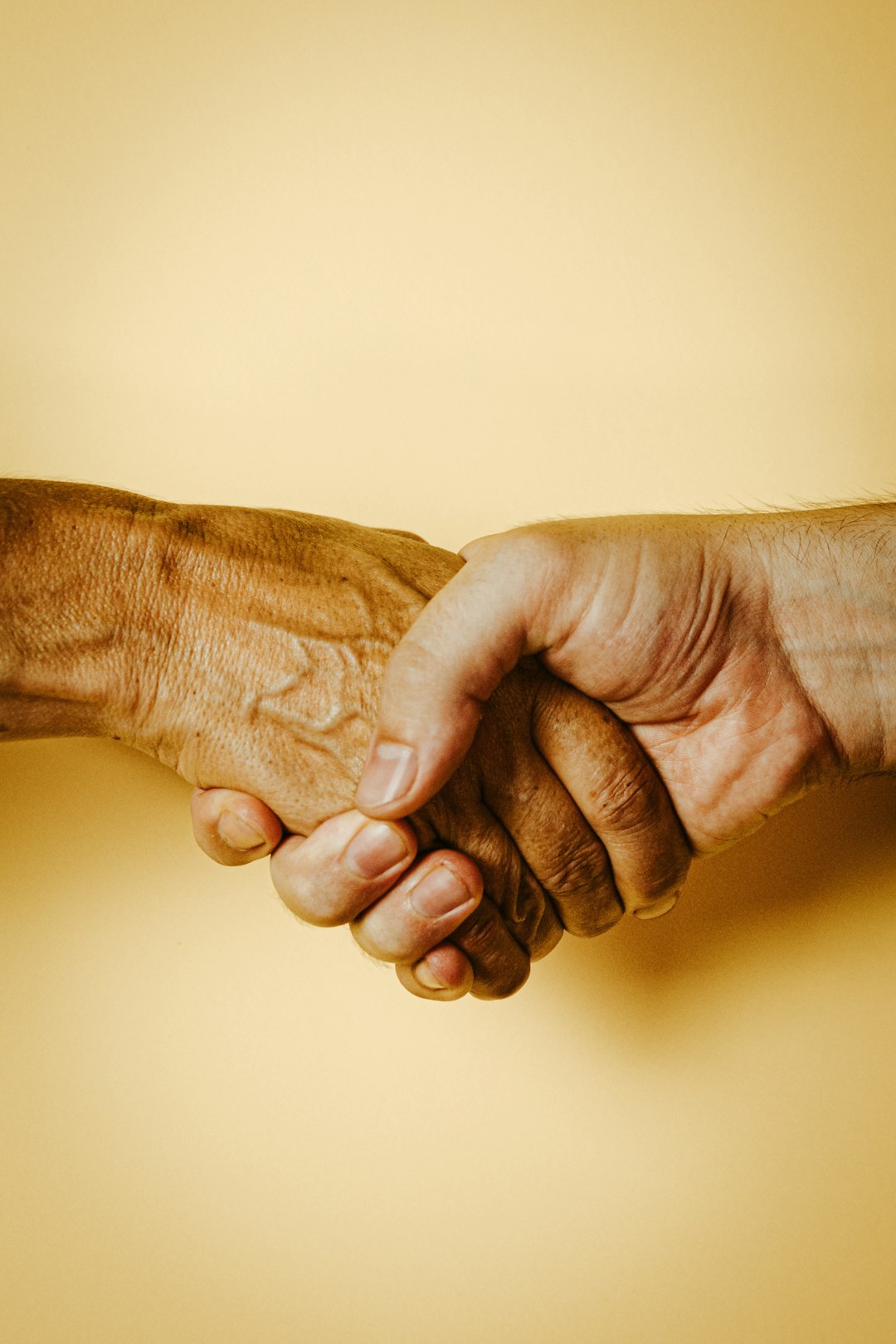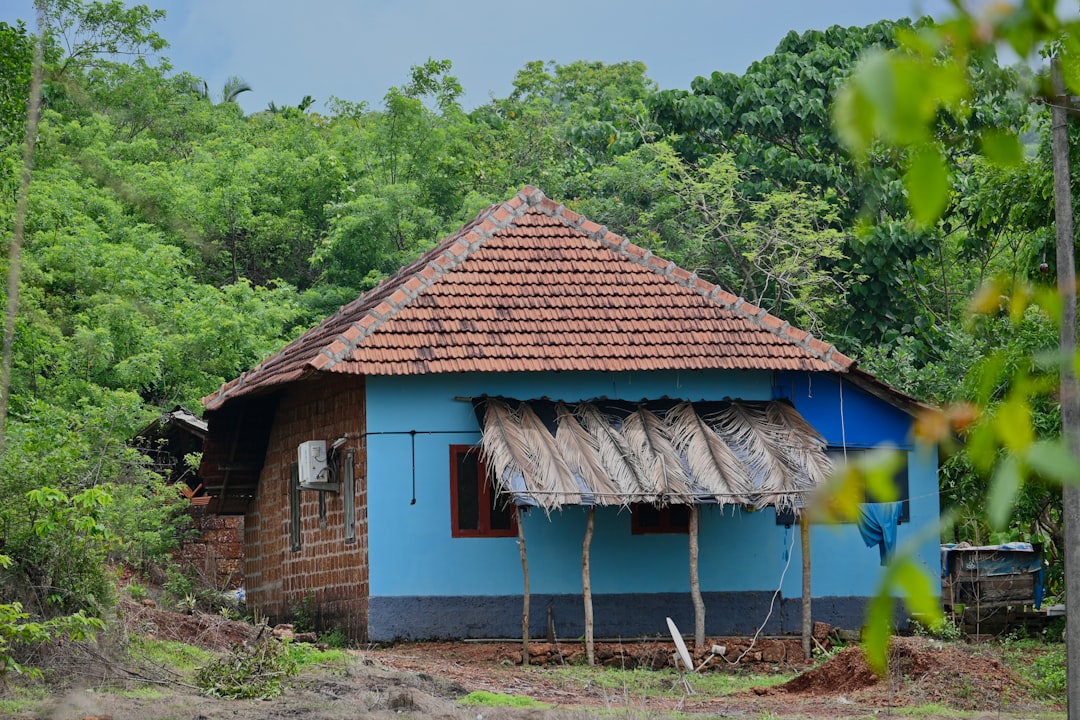Creating an impactful logo is one of the most crucial parts of branding for NGOs and community projects. A well-designed logo communicates the inner values of the organization, builds trust, and connects instantly with supporters and volunteers. However, designing the right symbol that resonates with both your mission and your audience can be challenging without the right inspiration.
TLDR:
Logos for NGOs and community projects work best when they reflect values like unity, compassion, and action. This article explores nine logo concepts tailored to help nonprofits and social organizations create meaningful visual identities. From nature elements to symbolic shapes, each idea is paired with reasons why they work and what they communicate. Whether you’re starting a new initiative or rebranding, these concepts will spark your creativity and clarity.
1. Handshake or Holding Hands
Few images communicate unity, agreement, and human connection as effectively as two hands meeting. This type of logo is ideal for NGOs focused on peacemaking, cooperation programs, or any work involving mutual support and solidarity.
A hand-in-hand depiction can vary in style, from minimalist to detailed, and can include multi-racial or gender-inclusive imagery to signify diversity and inclusivity.

2. Tree of Life
The tree is a powerful symbol that represents growth, sustainability, rootedness, and community strength. Especially suitable for environmental organizations, community development projects, and health foundations, the “Tree of Life” style logo brings an organic and naturally associative branding to your mission.
You can also include stylized leaves bearing symbols like hearts, birds, or people to integrate sub-themes such as health, freedom, and unity.
3. Interlinked Circles or Chains
Using circles or chains visually communicates the connections between people, groups, or causes. Interlinked rings can symbolize an unbreakable bond and mutual support, making it ideal for advocacy networks, alliance-based NGOs, or coalition-building initiatives.
This symbol is flexible and works well in both flat and 3D logo designs. Color choices often signal meaning — for example, green for sustainability, blue for trust, and orange for vitality.
4. Abstract Human Figures
Simplified human shapes evoke feelings of joy, empowerment, and community. You often see variations of these in logos for youth engagement programs, sports initiatives for social good, or mental health support groups.
Using different colors and shapes conveys diversity and inclusion. Think of stylized people forming a circle, holding hands, or reaching upward — all of which imply progress, collaboration, and shared purpose.

5. Heart-Shaped Icons
The heart remains a global symbol of love, compassion, and care. It’s widely recognized and serves effectively in logos for humanitarian organizations, food relief programs, and health NGOs.
Customization is key here — combining the heart with additional symbols like hands, leaves, or doves can tailor it to the specific mission of the organization while maintaining its warmth and universal appeal.
6. Open Book or Light Bulb
For education-focused NGOs, an open book signifies knowledge, opportunity, and empowerment. Paired with rays of light or a light bulb, it also conveys the idea of imagination and inspired thinking.
This logo concept is best for community libraries, literacy initiatives, and after-school programs. The iconography reinforces the message of learning and growth while remaining friendly and approachable.
7. Nature-Inspired Symbols (Leaves, Water Droplets, Mountains)
Earth elements are popular among NGOs concerned with environmental protection, sustainability, and climate action. Examples include:
- Leaf: Growth, ecology, life
- Water droplet: Purity, resource value, health
- Mountain: Stability, challenge, elevation of community
These symbols represent both beauty and urgency, suitable for global climate organizations to local clean-water projects.
8. Homes or Rooftops
A small house, rooftop silhouette, or abstract shelter image can speak strongly to groups involved in housing, refugee support, or neighborhood revitalization. It sends a message that the organization is about protection, belonging, and safety.

This kind of imagery is particularly moving when paired with a human element—like a figure inside the house or a light glowing through the roof—adding emotional resonance.
9. Symbols of Global Unity (Globe, Dove, Flags)
For NGOs operating on an international level or tackling global issues, logos with symbols like a globe, dove, or interlaced flags help represent values like peace, multiculturalism, and human rights.
These icons are instantly recognizable and denote worldwide reach, cooperation, and moral purpose. Whether you’re advocating for international education, food distribution, or migration policy, such symbols align your mission with universality and inclusiveness.
Bonus Tips for Designing Your NGO Logo
While the logo concept is essential, execution matters just as much. Keep these principles in mind:
- Simplicity: Clear visuals stay in memory better.
- Scalability: It should be effective both on a billboard and a social media icon.
- Color Psychology: Blue suggests trust; green is associated with growth; red denotes urgency.
- Typography: Choose fonts that match your tone—modern, elegant, or playful depending on your goals.
Bringing It All Together
Logos are more than visuals — they’re the first message your NGO or community project sends to the world. Whether you’re working locally or globally, your logo should make your mission unmistakably clear and emotionally resonant.
These nine logo concepts offer a strong foundation for brainstorming and designing effective non-profit branding. Don’t be afraid to blend ideas or customize symbols that best match your voice. After all, your cause is unique, and your logo should be too.
When in doubt, collaborate with local designers, volunteers, or students who understand your mission and can bring a fresh set of eyes to the creative process. Even simple sketching workshops within your team can inspire a powerful symbol that lasts.


